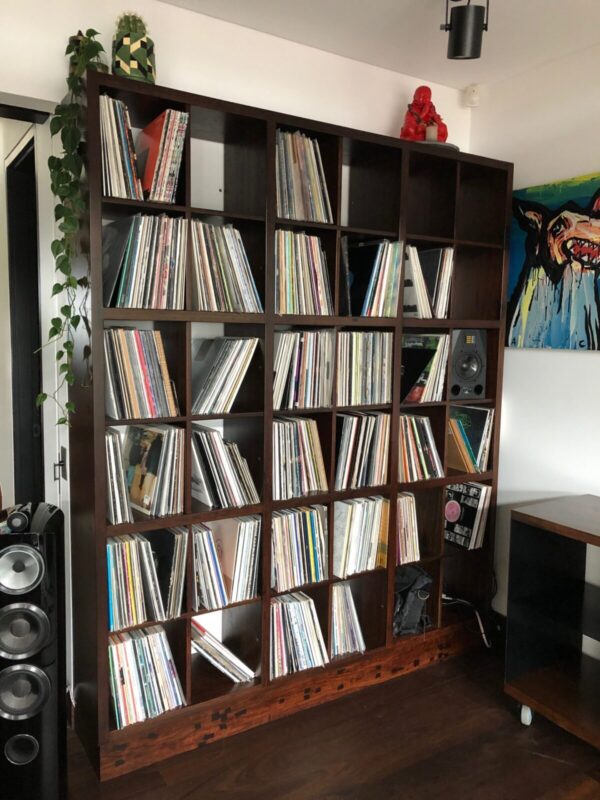The Beauty of Bespoke and Important Things to Consider When Choosing Furniture
According to the Oxford Dictionary the word ‘bespoke’ means ‘custom made for an individual’.
To me the word bespoke also always brings to mind other highfalutin words meaning ‘just for you’.
Like the French term, ‘haute couture’ … which I challenge you to read and not then try to pronounce yourself in your best French accent if you can. (Hint: The ‘h’ is a soft ‘ort’ sound made from the top and back of the throat).
Literally translated as ‘high dressmaking’ haute couture is the creation of exclusive custom fitted and made designer clothes by the like of Louis Vuitton and Hermes for the lifestyles of the uber rich and glamorous.
Another term like haute couture, often bandied about by the swish set, is ‘tailored’.
In Edinburgh in the UK where I grew up, the word ‘tailored’ traditionally references those men of a certain ilk who to this day hotfoot it to London’s home of the bespoke, Savile Row, to be suited and booted
David Beckham, former footballer and impeccable clothes horse for the past two decades, is one of the darlings of Savile Row and even has his own SR tailor literally.
But in my game (which is most definitely furniture making not football) bespoke goes a little further. Made for a certain person, a bespoke piece of furniture also references functional needs, customisation and design principles. That is, an exact, and exacting, piece of furniture designed and made exactly to fit a certain space, a certain budget, increasingly sustainable options, and a certain level of comfort and ergonomics.
If you follow my social posts you’ll know I’m big on explaining that making furniture is not just about having a good eye for minimalism or traditionalism or understanding a piece of furniture’s aesthetic appeal.
It’s about physics and mathematics and measuring stuff. And one of the most crucial things to initially consider when you have a nook, a cranny or any space in your home or office you want to fill with a piece of furniture (be it built in bookshelves, desk, dining table or cabinet) is this … NO WALL IS PERFECTLY STRAIGHT OR LEVEL. EVER
It doesn’t matter if your house is some smicko multimillion dollar pad on Sydney Harbour or a 19th century cottage in the Southern Highlands where I live … walls move over time and measurements change by micrometres.
Top Tips To Consider When Choosing Furniture
1. A Universal Truth: Big Furniture Retailers always make standard sizes
This is to ensure economies of scale (making more for less) and more profit so if you have a nook, a cranny or an unusual space in need of a piece of furniture in your home, be aware standard sizes may not fit, and always buy smaller than the space not equal too it. That’s because NO WALL IS PERFECTLY STRAIGHT OR LEVEL. EVER. Only custom measured and made, aka bespoke, can solve that problem for you.
2. Purpose First: It’s All About the Usage
Before you buy, think about why you need this piece. What problem will its functionality solve? If you need a bookcase to act as a bookcase consider your book collection. Do you have a preference for big coffee table design books or paperback novels? Does the bookshelf you are considering bringing home fit your home library? There’s nothing worse than buying something, introducing it into its new home, and finding it is not fit for purpose. It’s a waste of space, time and money.
3. Knowing The Client’s Mind: It’s all in My Mind’s Eye
Many people I make furniture for begin by knowing they want a new dining table for example, ‘to fit in that wall space’ but have no idea of how it should look. Design experience helps me help them to understand what’s in their mind may be too heavy, too wide, too out of proportion for the space.
A furniture maker’s role is to interpret clients’ needs and aesthetic and sustainability wants so they don’t end up wasting money on a dining table that a) looks out of place when in situ & b) can’t fulfil the purpose it was imagined to fill. Ditto when it comes to helping clients understand that making a super minimalism table to go in that 19th century cottage is probably not the best use of budget.
I use my quality craftsmanship and making talents to assess clients’ space and then work with them to design and create pieces that incorporate personal style, space and lifestyle.
4. Call me the Cinderella of Furniture Fitting
Circling back to that Big Furniture Retailer bookshelf that isn’t going fit no matter how hard you try to jam it in if your walls aren’t level, an important part of going bespoke with an Australian furniture maker and designer like me, is ensuring everything does fit. No returns on commissions ever created by Fitch Fine Furniture – only happy clients with beautiful pieces of furniture that fit like a hand in a glove or a foot in a glass slipper.
The Brag Factor: Shout, Shout, Shout it all Out
I reckon having a piece of furniture made just for you – bespoke – is akin to commissioning an incredible Australian artist like Cherry Hood to paint a portrait of your kids or someone else very special you love, and like I say on my website ‘in today’s throwaway society, furniture designed and handcrafted from wood is a sustainable heirloom to be treasured’.
If you’d like to leave ill fitting, ugly sister, mass produced retailer furniture purchases behind, I’m here to help.

